Lower Back Pain: Causes, Symptoms, and Treatment
Lower back pain is one of the world's most common health care problems. The World Health Organization reports that in 2020, low back pain affected 619 million people globally. It is the leading cause of disability around the world and costs the US economy an estimated 250 billion dollars every year.
Acute and chronic back pain can affect patients’ quality of life, mobility, and long-term health. In this blog article, we’ll dive deep into the primary causes of lower back pain, the symptoms it causes, and the standard treatment options available. If you need more information or are dealing with low back pain, book an online back pain appointment on Sesame to discuss your questions and concerns with a licensed health care provider.
Causes of Back Pain
Low back pain is the most prevalent musculoskeletal condition in the world. It is only becoming more so. The number of people affected by this medical condition speaks to how wide-ranging the causes of it can be.
The most common causes of low back pain include:
Muscle or ligament strain: Heavy lifting, sudden movement, or awkward sleeping positions have been known to cause strain on muscles and ligaments in the back. Pulled back muscles, tendons, and ligament sprains can lead to tightness in the back and painful muscle spasms.
Bulging disks: The back has 24 spinal discs that serve as spongy cushions between each vertebra from the spinal cord up to the neck. These discs absorb shocks and enable flexible movement within the back. A bulging disc occurs when inflammation develops around the sturdy membrane encasing a vertebral disc without causing a rupture. Such bulging discs can give rise to symptoms like numbness, pain, and challenges in walking, among other issues.
Herniated disks: Herniated discs, a common cause of low back pain, occur when the soft inner material of a spinal disc pushes through a tear or rupture in the tough outer layer. When this happens in the lower back, it can directly affect nearby nerves and lead to discomfort. The protruding disc material can press against spinal nerve roots, causing irritation and inflammation. This, in turn, can result in a range of symptoms, including localized lower back pain and radiating pain that may extend down the leg, often referred to as sciatica.
Additionally, the compression of nerves by herniated discs can lead to sensations of numbness, tingling, and muscle weakness in the lower back and the affected leg. Herniated discs disrupt the normal alignment and function of the spine, contributing significantly to low back pain and related discomfort.
Arthritis: Arthritis, especially the most common form known as osteoarthritis, can contribute to lower back pain through the degeneration of joints and surrounding structures. Osteoarthritis involves the gradual wear and tear of the cartilage that cushions the joints between the vertebrae in the spine. As this cartilage deteriorates, the bones can rub against each other during movement, leading to inflammation, swelling, stiffness, and pain in the lower back.
Additionally, the body's natural response to this degeneration is the formation of bone spurs, which can further exacerbate discomfort by compressing nearby nerves or restricting movement. Over time, as osteoarthritis progresses, lower back pain can become chronic and more pronounced. Other forms of arthritis, such as rheumatoid arthritis or ankylosing spondylitis, can also affect the spine and lead to lower back pain by causing inflammation and structural changes in the joints and soft tissues.
Osteoporosis: Osteoporosis, a condition characterized by the weakening of bones and loss of bone density, can contribute to lower back pain in several ways. As bones become porous and fragile due to the disease, they are more susceptible to fractures and compression fractures in the spine's vertebrae. These vertebral fractures can cause significant pain in the lower back region.
Additionally, as the spine loses its structural integrity, it may lead to a stooped posture or a reduction in height, resulting in muscle imbalances and added stress on the lower back muscles, contributing further to discomfort and pain. Osteoporosis-related lower back pain is a consequence of fractures and the overall degeneration and instability of the spinal column caused by weakened bones.
Spondylolisthesis: Spondylolisthesis is a spinal condition where one vertebra slips forward or backward in relation to the adjacent vertebrae. This displacement, often occurring in the lower back, can lead to lower back pain for several reasons.
First, the misalignment of the vertebrae can cause pressure on the spinal nerves, resulting in pain, tingling, and numbness in the lower back and legs. Secondly, the instability and abnormal movement of the affected vertebrae can lead to muscle spasms and strain as the body attempts to stabilize the spine, contributing to lower back discomfort. Additionally, spondylolisthesis can reduce the natural curvature of the lumbar spine, disrupting the distribution of weight along the spinal column and placing added stress on the lower back.
Fibromyalgia: Fibromyalgia is a chronic condition characterized by widespread fatigue, muscle and bone pain, tenderness, and cognitive issues, such as sleep disturbances. It often manifests as regions of continuous, dull, aching pain throughout the body. The prolonged exposure to pain stimuli sensitizes the nerves, leading to an abnormal nervous system response in the brain. This can cause an exaggerated reaction from the pain receptors in the brain, leading to heightened sensitivity to both painful and non-painful stimuli. Various factors, including illness, trauma, stress, and a genetic predisposition, such as a family history of the disease, can trigger the development of fibromyalgia.
Sciatica: The sciatic nerve is the largest in the body, stretching from the lumbar spine to the lower leg. Sciatica is the name for nerve pain caused by irritation and inflammation of this nerve, resulting in pain that radiates from the lower back, through the hips, and into the lower leg. Sciatica usually affects one leg at a time but can be felt in both legs based on where the nerve is pinched or irritated in the back.
Spinal Stenosis: Spinal stenosis is a condition that can result in lower back pain due to the narrowing of the spaces within the spine, particularly in the lumbar region. This narrowing can compress the spinal cord and the nerves that branch out from it, causing discomfort and pain.
As the spinal canal tightens, it can lead to various symptoms, including localized lower back pain, radiating pain, tingling, or weakness in the legs. The pressure on the nerves can also result in muscle cramps and reduced mobility, further contributing to lower back pain.
Scoliosis: Scoliosis, a condition characterized by an abnormal curvature of the spine, can lead to lower back pain primarily due to the spinal misalignment it causes. When the spine deviates from its natural, straight alignment, it places additional stress on the muscles, ligaments, and joints in the lower back as they work to support and stabilize the spine.
Over time, this chronic muscle strain can result in lower back pain, muscle imbalances, and discomfort. Furthermore, the curvature of the spine may also affect the alignment of the pelvis and hips, leading to an uneven distribution of weight on the lower back. This uneven weight distribution can contribute to pain and discomfort in the lower back region.
Lower Back Pain Symptoms
Lower back pain can be acute (short-term) or chronic (long-lasting). Symptoms vary in severity, form, and frequency, depending on the condition causing the lower back pain.
Common symptoms of low back pain include:
- Dull or aching pain in the lower back
- Pain after sitting or resting for an extended period
- Stiffness or soreness after waking up in the morning
- Pain radiating to other parts of the body like the glutes or hips
- Numbness or weakness in the area
- Leg pain
In some rare cases, severe back pain can occur in concert with serious symptoms such as:
- Fever
- Unexplained and unintentional weight loss
- Loss of bowel control
While many mild cases of back pain can be managed with over-the-counter medication and self-care strategies, severe back pain or chronic low back pain (i.e., back pain that lasts more than a few weeks) requires medical attention and more advanced treatment.
Lower Back Pain Risk Factors
As detailed above, lower back pain can affect people of nearly all ages. An injury, an underlying medical condition, structural misalignment, or other health problems can cause it.
These risk factors can increase your likelihood of developing back pain:
Age: Back pain becomes more common as you age. As we get older, the spine naturally undergoes degenerative changes. Over time, the spinal discs lose water content, leading to reduced flexibility and shock-absorbing capacity.
Additionally, wear and tear on the joints and bones can result in conditions such as osteoarthritis and spinal stenosis, which often contribute to lower back pain. Muscles and ligaments may weaken with age, reducing support for the spine and increasing susceptibility to injury. These age-related changes in the spine make older individuals more prone to experiencing chronic or recurrent lower back pain.
Lack of physical activity: Weak or underused abdomen and back muscles can cause structural imbalances that lead to back pain. Conversely, excessive physical exertion or activities with improper form can also increase the risk of injury and lower back pain.
Obesity: Obesity or excess weight in the upper body (particularly the abdominal region) puts added pressure on the lumbar spine, leading to lower back pain.
Smoking and drinking: Smoking diminishes blood flow to the spinal discs, which hinders their ability to receive vital nutrients, leading to premature degeneration and increased susceptibility to disc-related issues.
On the other hand, excessive alcohol intake can weaken bone density, making the spine more vulnerable to fractures and degeneration. Moreover, smoking and heavy drinking can impair healing processes and reduce overall physical fitness, potentially exacerbating lower back pain or delaying recovery from related injuries or conditions.
Occupation: Occupation and lifestyle significantly contribute to lower back pain. Jobs that involve prolonged periods of sitting, heavy lifting, or repetitive motions can strain the back muscles and structures, leading to chronic pain. Poor ergonomics in the workplace, such as improper desk setups or lifting techniques, can exacerbate these issues.
Mental health: Conditions like stress, anxiety, and depression can lead to muscle tension and increased pain perception, particularly in the lower back area. Moreover, individuals experiencing psychological distress may be less likely to engage in physical activities, leading to weakened muscles and decreased support for the spine, which can exacerbate pain.
Poor mental health can also interfere with sleep patterns, affecting the body's ability to repair and regenerate, potentially worsening existing back issues.
Lower Back Pain Diagnosis
Most mild lower back pain cases will disappear within a few weeks and do not require medical attention. Seek medical attention, however, if you have back pain that lasts more than a few weeks, severe low back pain, or back pain that is accompanied by:
- Fevers
- Unexplained weight loss
- Difficulty moving your legs (not from pain but rather a lack of response of the leg)
- Urinary incontinence (peeing without meaning to)
- Bowel incontinence (pooping without meaning to)
- Numbness or tingling in the hips and/ or legs
During an appointment for low back pain, your health care provider will assess your ability to perform several daily movements such as sitting, standing, walking, and lifting your legs.
In addition to a physical exam, your provider may order a diagnostic test to check for underlying injury or health conditions.
These tests include:
X-rays: X-rays provide a clear view of the bones and spine, helping to identify structural abnormalities or fractures. They can also reveal signs of degenerative conditions such as arthritis or disc disease.
CT Scan: Scans offer detailed cross-sectional images of the spine, allowing for the visualization of soft tissues, bones, and nerves simultaneously. They can detect herniated discs, spinal stenosis, and other complex structural issues that may not be visible on conventional X-rays. Scans are beneficial when surgical intervention is considered, as they provide precise anatomical information to guide treatment decisions for lower back pain.
Blood test: Blood tests are used to rule out underlying medical conditions that may be contributing to the pain, such as infections or inflammatory disorders. They can also assess markers of inflammation and autoimmune diseases that may affect the spine and surrounding tissues. While blood tests may not directly diagnose the cause of lower back pain, they provide valuable information that can help guide further diagnostic and treatment efforts.
Lower Back Pain Treatment
Mild to moderate back pain can usually be treated with over-the-counter medication and home remedies. If your back pain lasts longer than a few weeks or is severe, speak to a health care provider to discuss targeted treatment options.
Medication
Nonsteroidal anti-inflammatory drugs (NSAIDs): Over-the-counter options like ibuprofen, acetaminophen, or naproxen sodium (Aleve) can help alleviate inflammation and ease back discomfort. Your doctor may prescribe a more potent NSAID for severe cases, but prolonged usage may lead to unwanted side effects. If prescription pain medication is needed, your doctor will direct your dosage and length of treatment to mitigate these concerns.
Muscle relaxants: If OTC NSAIDs prove ineffective, muscle relaxants may be recommended. However, these medications can cause dizziness and drowsiness.
Topical pain relievers: Topical medications containing lidocaine or capsaicin can be applied directly to the affected area to alleviate pain. These products are typically available as creams, ointments, sprays, or patches, and many can be purchased without a prescription.
Physical Therapy
A licensed physical therapist will provide stretches and exercises to increase mobility, flexibility, and strength in the back. Regular PT sessions will help with pain relief, improve your physical fitness, and prevent back pain from recurring. Physical therapy may cause some soreness. This is common, especially in the early stages of therapy. Talk to your therapist if you experience severe or sharp pain during PT.
Chiropractic Adjustment
Chiropractors employ spinal manipulation to adjust or stimulate the spine and the soft tissues encasing the spinal cord. This approach can be effective in alleviating pain and enhancing mobility. However, it's important to note that it may not be advisable for individuals with underlying conditions contributing to low back pain, such as osteoarthritis, osteoporosis, or spondylosis.
Surgical Treatment
Surgery may become necessary for severe, chronic lower back pain or when such pain is attributed to degenerative conditions like spondylolisthesis or arthritis. The specific surgical approach is tailored to the individual patient's requirements, with the understanding that the outcomes of back surgeries can be variable. Typically, surgery is considered a final option aimed at alleviating discomfort and restoring some degree of mechanical functionality to the back.
Lower Back Pain Prevention
Not all cases of low back pain can be prevented. Injuries and illness happen, whether we like it or not. However, you can take a few measures to lower your risk of developing back pain or musculoskeletal trauma to the area.
Preventative measures include:
1. Weight Management: Maintaining a healthy weight is essential because excess weight can strain your back muscles, leading to tightness and discomfort. A balanced diet and regular exercise can help you manage your weight and reduce stress on your back's musculoskeletal structures.
2. Exercise: Incorporating a low-impact exercise routine that doesn't strain your back can enhance mobility and build strength. Physical activities that engage the back and abdominal muscles contribute to core strength, which can help prevent back injuries. The Mayo Clinic recommends walking and swimming as effective low-impact exercises to strengthen the core and back. Combining exercise with a healthy diet promotes weight loss and overall well-being.
3. Smoking Cessation: Smoking reduces blood flow, depriving spinal tissues of oxygen and essential nutrients. This habit increases the risk of lower back pain, and the risk escalates with the quantity of cigarettes smoked. Quitting smoking helps prevent lower back pain and offers many other health benefits.
4. Proper Posture Maintenance: Slouching and poor posture can strain the muscles in your back. Choose chairs with lumbar support whenever possible and change your seating position regularly. Aim to stand up and move around every half-hour to prevent your back muscles from tightening.
5. Safe Lifting Techniques: When lifting heavy objects, use your legs to bear the weight, keep your back straight, and avoid twisting while lifting. Hold the object close to your body and seek assistance if it feels too heavy. Improper lifting techniques or handling objects beyond your capacity commonly causes herniated discs and lower back pain.
A healthy lifestyle will go a long way towards preventing strain and excessive stress on your lower back. If you are looking for additional information about preventing low back pain or are experiencing either acute or chronic low back pain, use Sesame to book an online doctor appointment. These convenient video visits offer the opportunity to talk through any questions or concerns you may have and possible treatment options that may be right for you. Don’t let back pain slow you down; talk to a health care provider on Sesame today to start feeling better.
Related posts
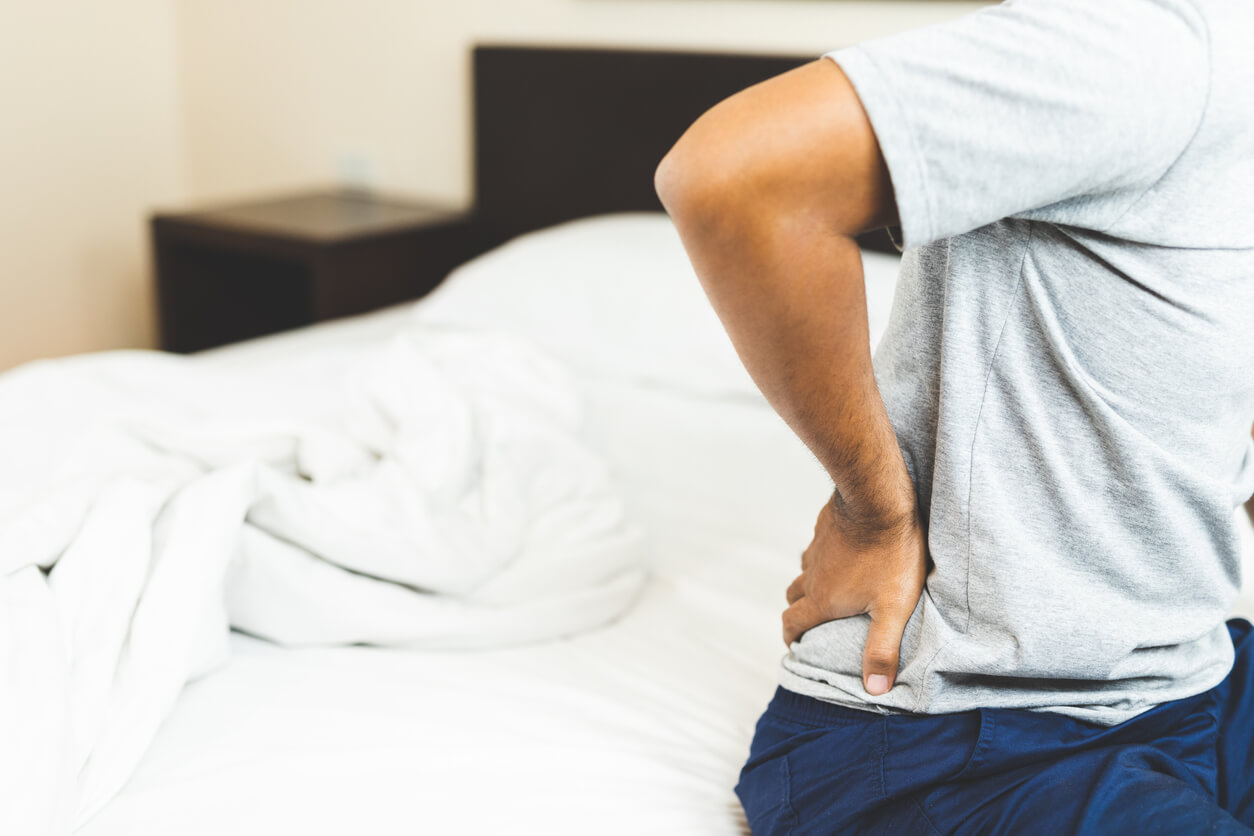
In this blog article, we will detail some of the most common causes of lower right back pain and how to treat the root of the problem.
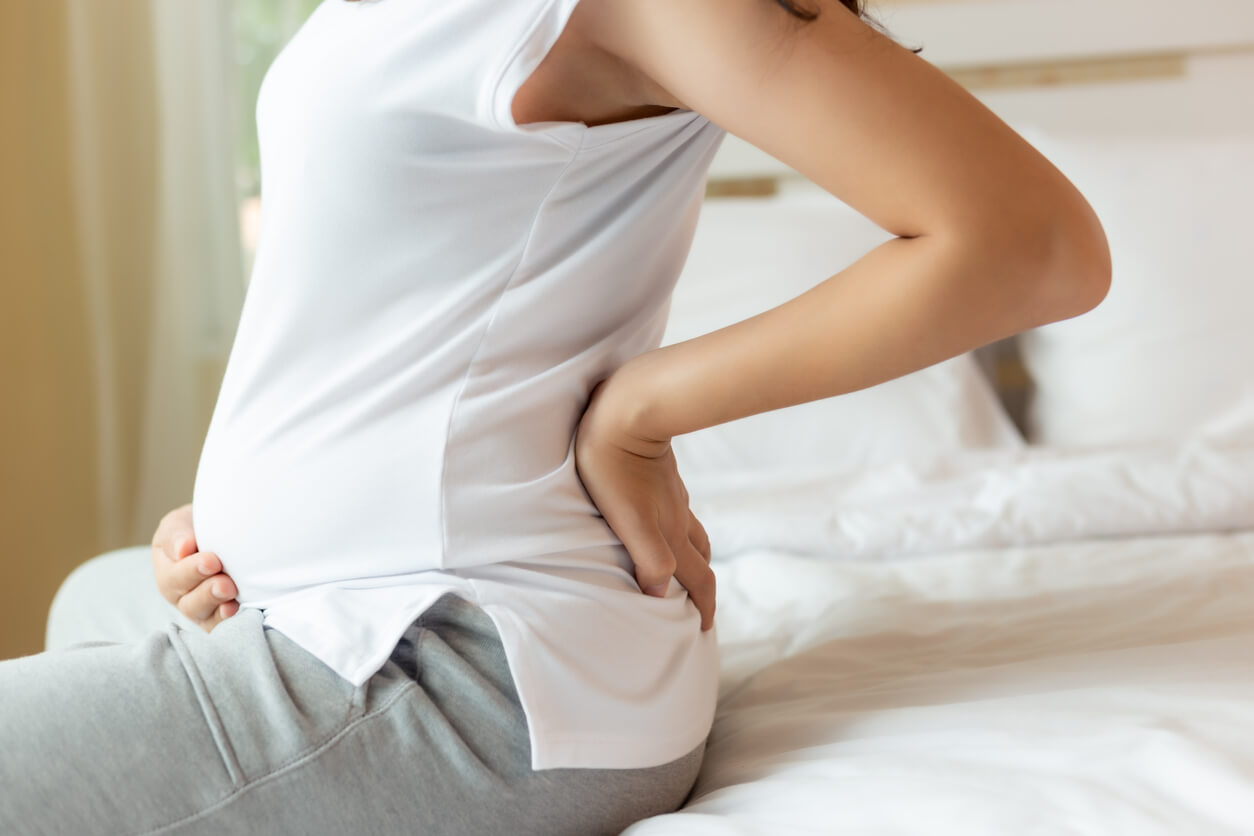
Struggling with back pain during pregnancy? Get tips from a doctor on how to relieve back pain.

Learn about the causes and symptoms of lower left side back pain, including issues with internal organs, and explore treatment options. Discover when this pain may indicate an emergency and how to find affordable care from home.

Learn about early arthritis symptoms and possible treatments to manage the chronic condition and improve your quality of life.
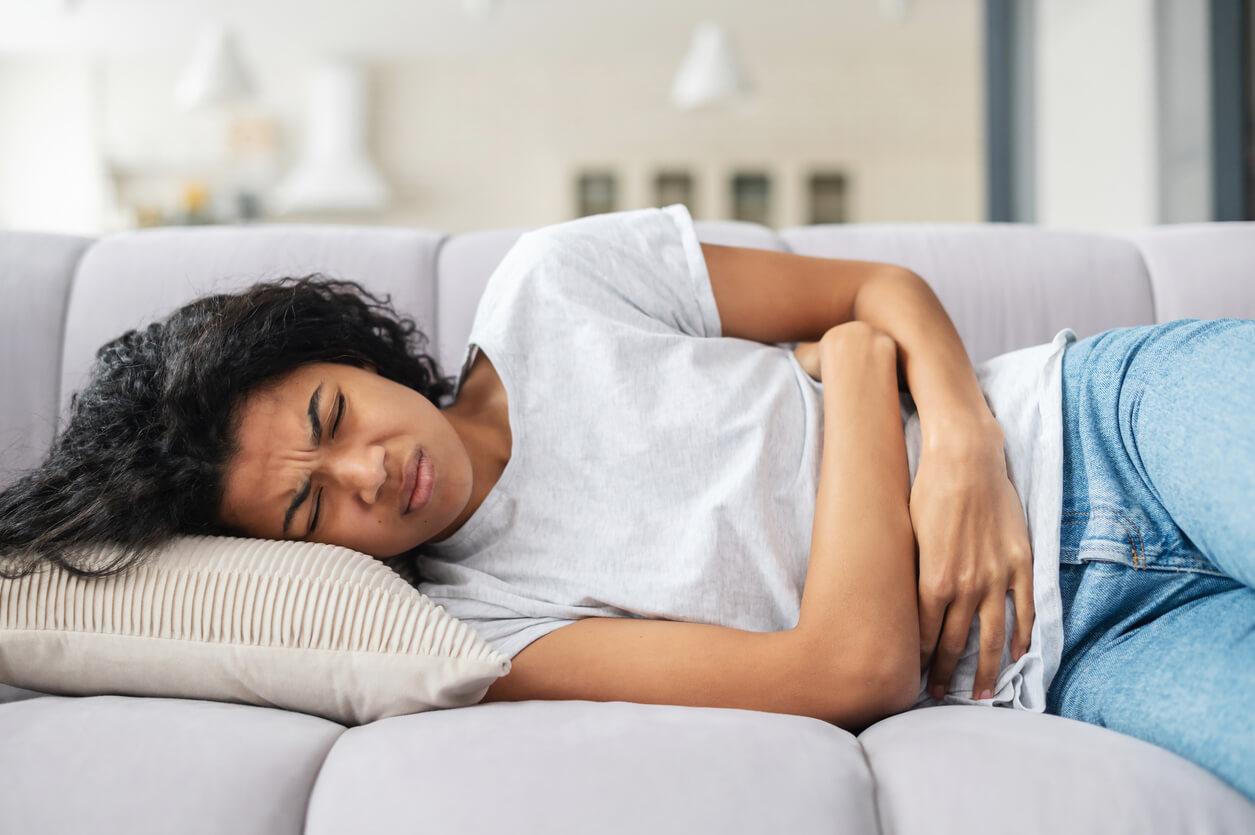
Irritable bowel syndrome (IBS) is a group of symptoms that can disrupt your quality of life. Learn more about IBS, including triggers and treatment options.

Cost factors for chiropractic care
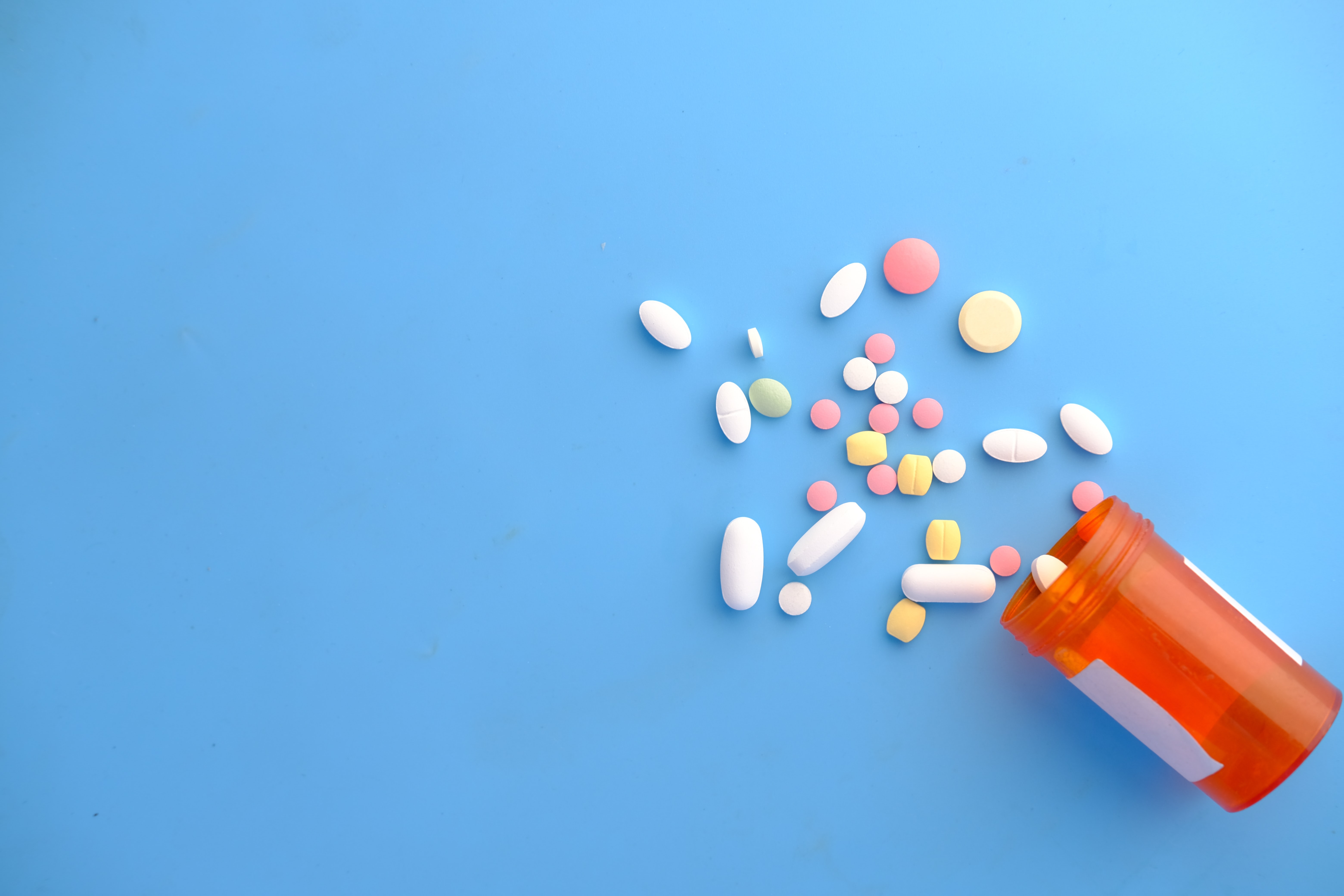
Learn about the best over-the-counter muscle relaxers and prescription muscle relaxers. Find out what the differences are and what might work best for you.
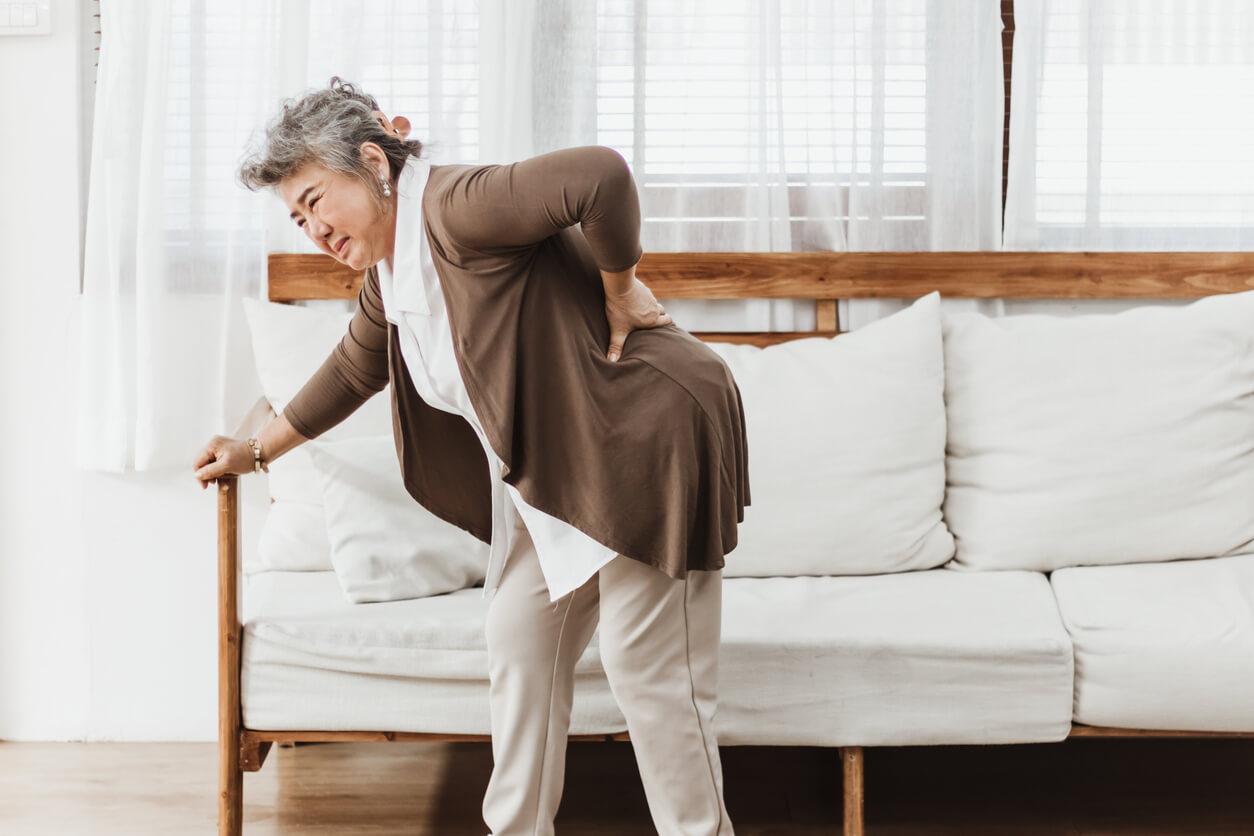
Osteoporosis is a bone disease that increases the risk of broken bones. Learn more about common risk factors for osteoporosis and how to treat the condition.

In this article, we’ll outline the differences between primary and urgent care and recommend where and when to go based on your condition.
